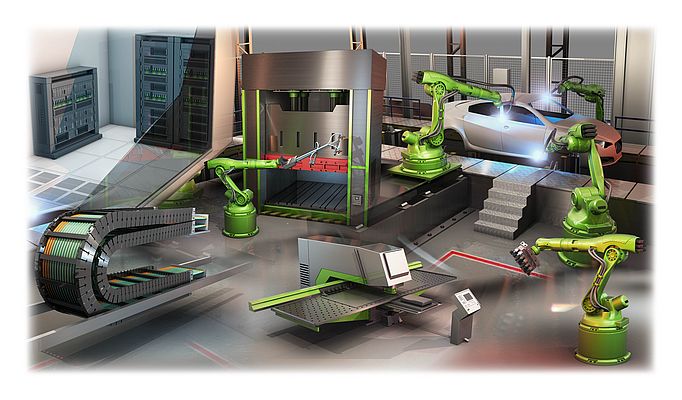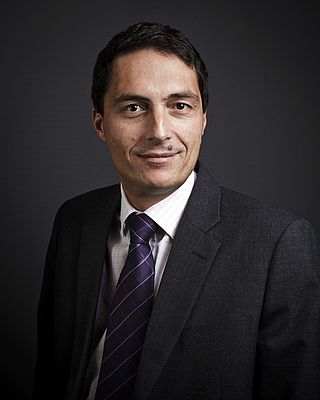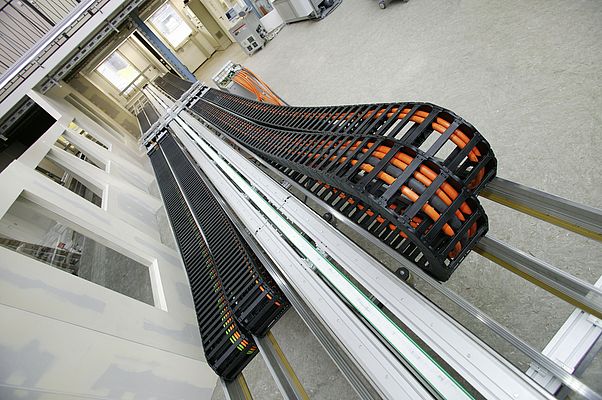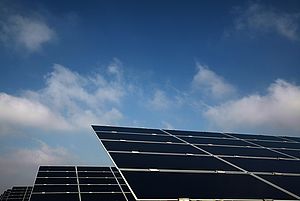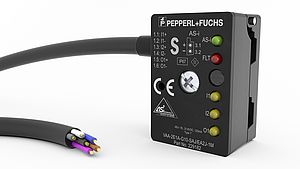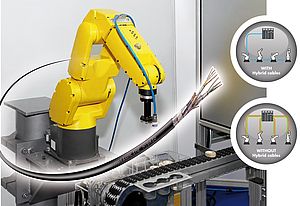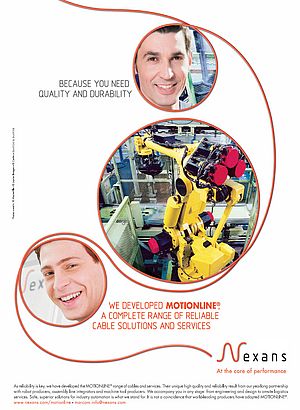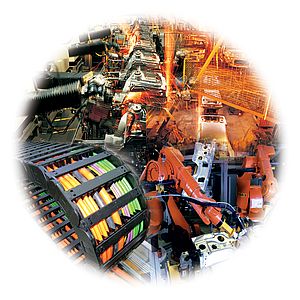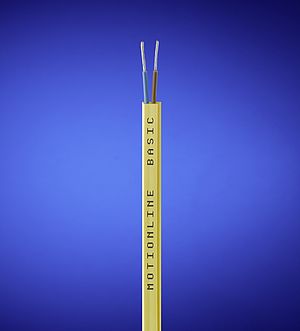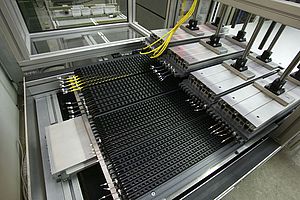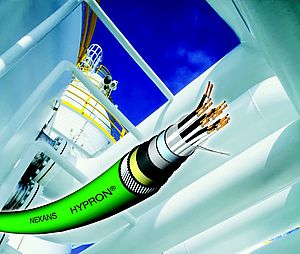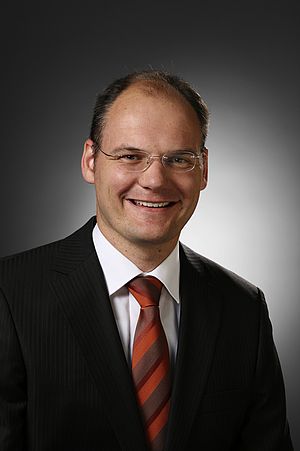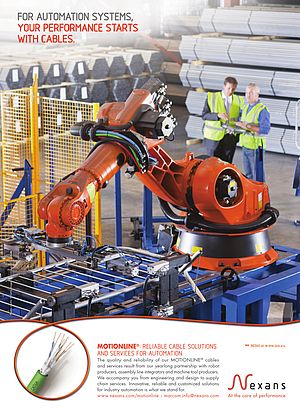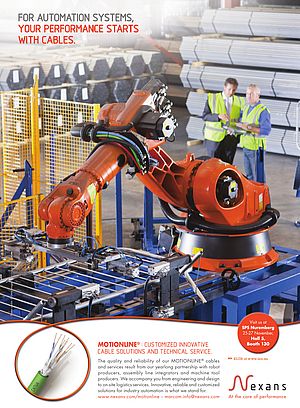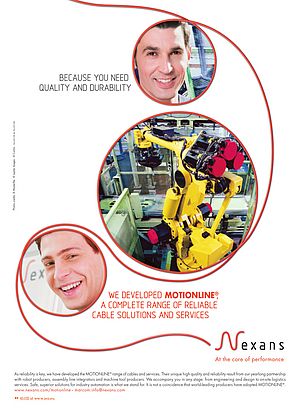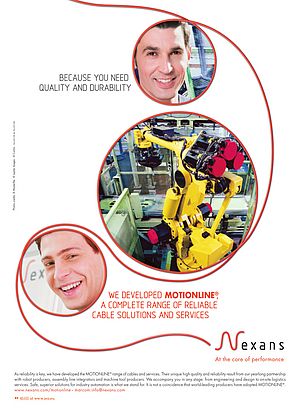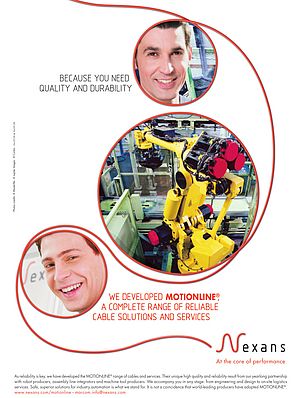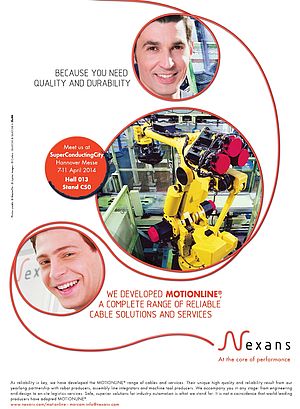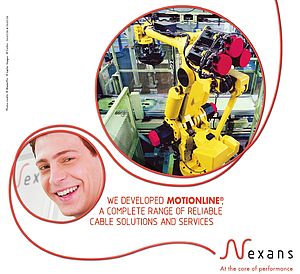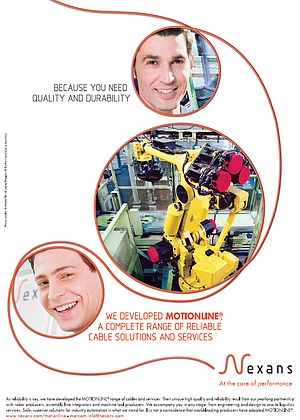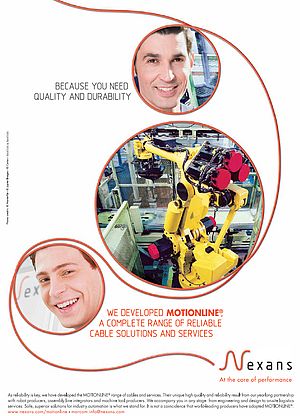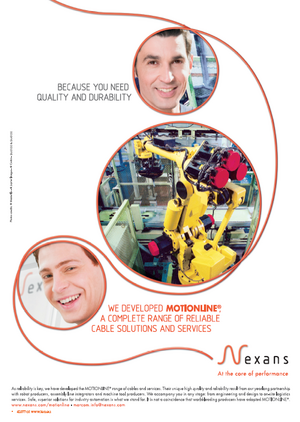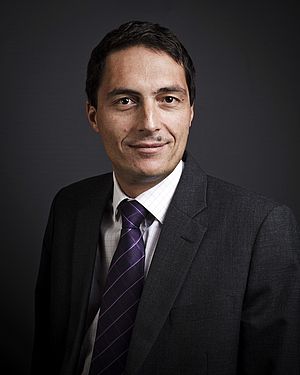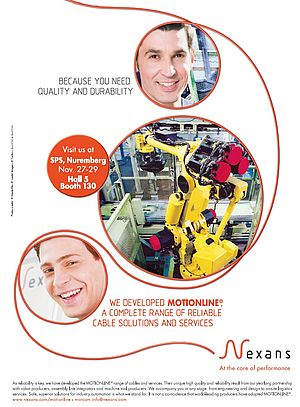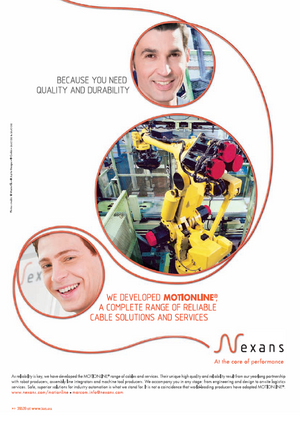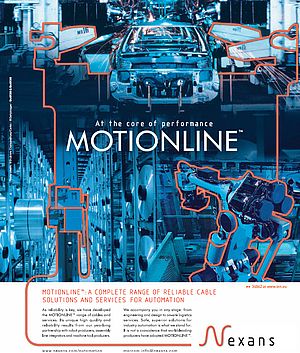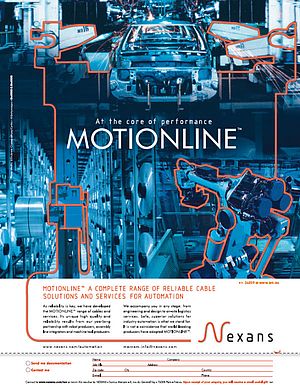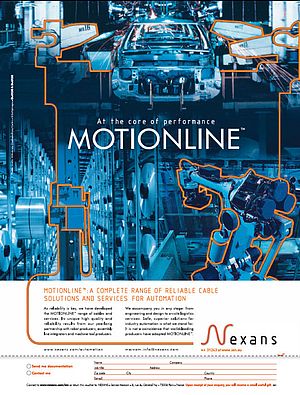Benjamin Fitoussi is no stranger to high-tech industrial development. Trained in one of France's prestigious engineering schools, he has worked both for Roland Berger in aeronautics and Alstom in electrical power production. He joined Nexans in 2011 where his responsibilities include strategy and transformation, marketing, key accounts, and the technical department. To commemorate IEN's 40 years of publication, we invited him to review the past and anticipate the future of one of the world's leading cable companies.
IEN: How has Nexans evolved over the past four decades?
Fitoussi: Our corporate memory goes back to 1896 when our predecessor was founded. However, in recent times we were marked by our period as Alcatel Cable, and then became Nexans in 2000, an independent company with cables as our core business. What has inspired us since 1974 (when IEN started publication) are five key "drivers": growing energy needs, expanding populations, environmental protection, increased mobility, and a clamor for bandwidth. They have affected all of our markets, from power infrastructures to automotives and aerospace, and from production lines to data centers. Generally speaking, we are more international than ever before, working with local and global customers. And instead of just making cables, we take a solutions and service approach to our customers, which involves constant research, patents, and innovation in four main markets: power infrastructures, energy resources, transportation and buildings. Automation is relevant to all four sectors since it enhances productivity and offsets rising labor costs worldwide.
IEN: Which of those four areas is the most important, in terms of revenue?
Fitoussi: The most important is the building sector, followed by power transmission and distribution. This makes sense since both serve primary human needs. You need habitats, residences, and commercial or industrial buildings in which to live and work. And you need energy to keep warm (or cool) and produce the fundamental things needed for the good life. Eventually, buildings demand fire-safety and greener cables; and energy infrastructures require cables to deliver electricity over longer distances with minimal losses.
IEN: Where are your most important growth markets today?
Fitoussi: Emerging countries, definitely: Africa, Asia, and South America, which are growing three times faster than developed countries. What is especially gratifying is being able to help them "leapfrog," or hop over an intermediate phase of technological development. Much in the same way that mobile telephony has proliferated everywhere without the need of ground-based infrastructure, we are giving them the latest technologies in terms of environmental safety, efficiency, coverage and cost. Meanwhile, we are continuing to serve our traditional markets, which still offer promising business perspectives. They have new needs and require high-tech solutions due to a graying population with urgent green concerns. This impacts everything: submarine cables, wind and solar power, data centers, and even professional service robotics used in defense, rescue and security applications, and in hospitals.
IEN: Which market is especially challenging in terms of market requirements?
Fitoussi: Energy, most likely. We have to span longer distances to deliver electricity from the place of generation to consumers. For example, Nexans supplied all-aluminum conductors for the world's longest high-voltage DC link in Brazil: 2,375 km across five states and 86 towns and cities. We are on the verge of smarter grids, which will require monitoring the network from the power producer to the home. Also, our submarine links are going farther offshore and deeper to serve the oil and gas industry, coastal windfarms and interconnections.
IEN: What are Nexans' unique selling propositions?
Fitoussi: We accompany our customers all the way along the supply chain, constantly adapting to their changing needs. I insist again: we are not just a commodity supplier. We deliver solutions wherever they are needed, often customized ones with new technology. This can involve connectivity, or building more intelligence into a system by using sensors. Or in the area of automation, bridging the gap between energy and data so that back office and the frontline of production are operating in the same virtual space at speeds never achieved before. Even robustness, durability and longevity are selling propositions, since we know that if any system breaks down, whether an overhead power line or a production line, the cost can be astronomical.
IEN: Can you tell us about your MOTIONLINE offer which was introduced in 2009?
Fitoussi: MOTIONLINE is our global automation offer and meets all application needs, including motor, sensor, encoder, bus cables, and Industrial Ethernet. What this means is that we can provide solutions for machine manufacturers serving any industry, not only metal working applications, but also wood, glass, stone, plastics, electronics, etc. Among recent developments, we are continuing to enrich our cable portfolio to meet higher data speeds. In addition to the good old standby, ASI-bus (which we make in various designs and insulations), we offer Profibus and Profinet cables. And now we have added three more standard bus types: Profinet Type C four-pair, DeviceNET, and PVC Modbus. We are also developing a new breed of highly flexible Cat 6 Ethernet 1 Gbit cables for dynamic applications. Another recent development is hybrid cables which combine power, control and data within a single cable, an all-in-one solution that achieves up to 40% savings and simplifies installation and maintenance. In terms of bending radius, operating speeds, acceleration, and cycles, I think that we are unsurpassed.
IEN: What are your future challenges in automation?
Fitoussi: Globalization is a challenge, not in terms of specifications, but to adapt to the operational environment in places like Asia and North America. We have to respect voltages, insulation wall thicknesses and special fire tests. We also intend to meet a growing customer need for vendor-managed inventory, joint R&D projects, and training for their sales staff. Above all, we want to be problem-solvers. That is why our Motion Application Center (MAC) in Nuremberg plays such an important role by providing advanced testing information to customers. Innovation is of prime importance, and I foresee a new generation of Cat 7 cables for automation, and servo cables that can function at +100°C temperatures. In our business, you can't do innovation without involving the customer, and that is why regular technical meetings with customer engineers are so important. Also, we need to manage complexity. That means creating multi-function cables and providing a modular approach to the production line. Finally, automation is already moving out of the factory and into the public space, and we have to prepare for that eventuality.
IEN: Where do you see Nexans 40 years from now?
Fitoussi: Since we are in a market that is growing faster than national GDPs, we have ample room for growth in our four key markets, but possibly with more focus on services and delivering turnkey projects, while reinforcing the "intelligence" of our products, and doing more and more long-term Asset Management for our customers.


